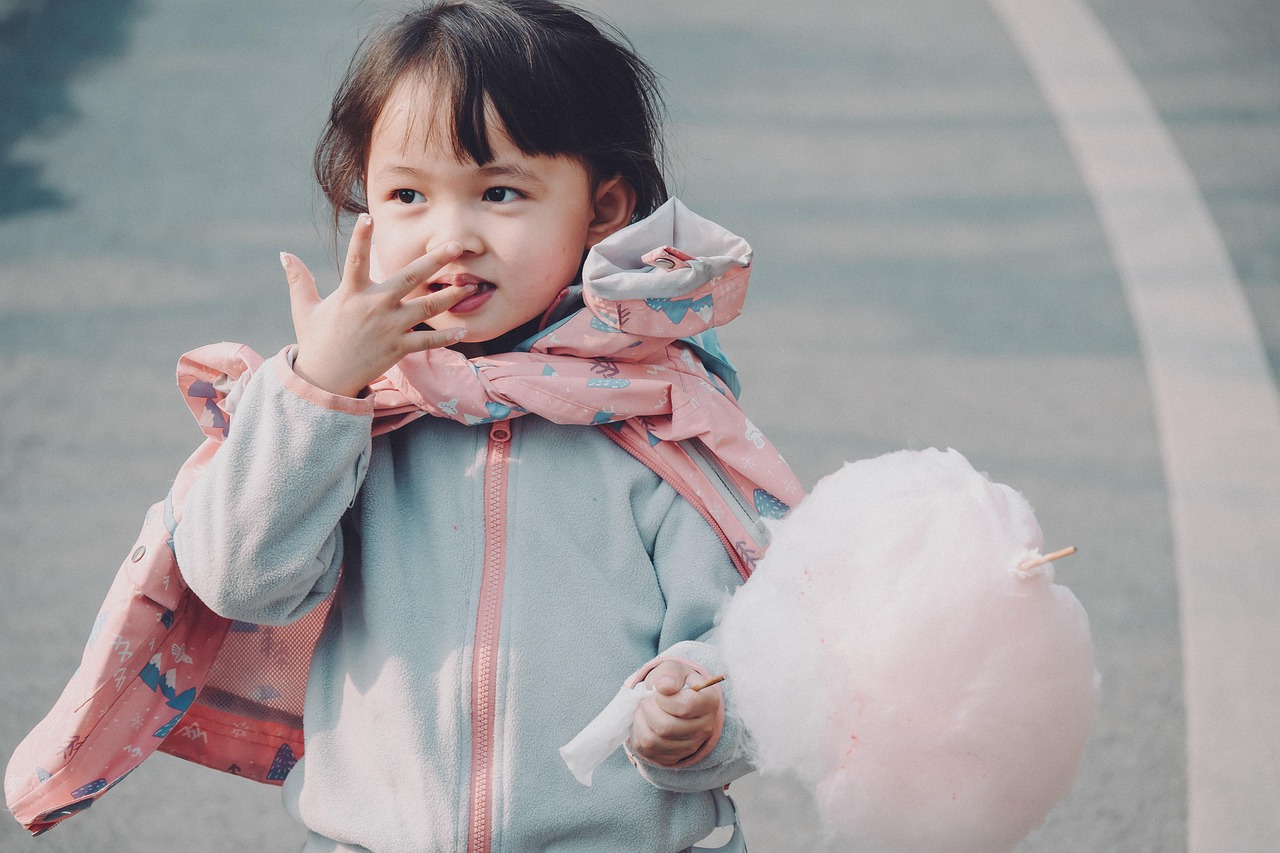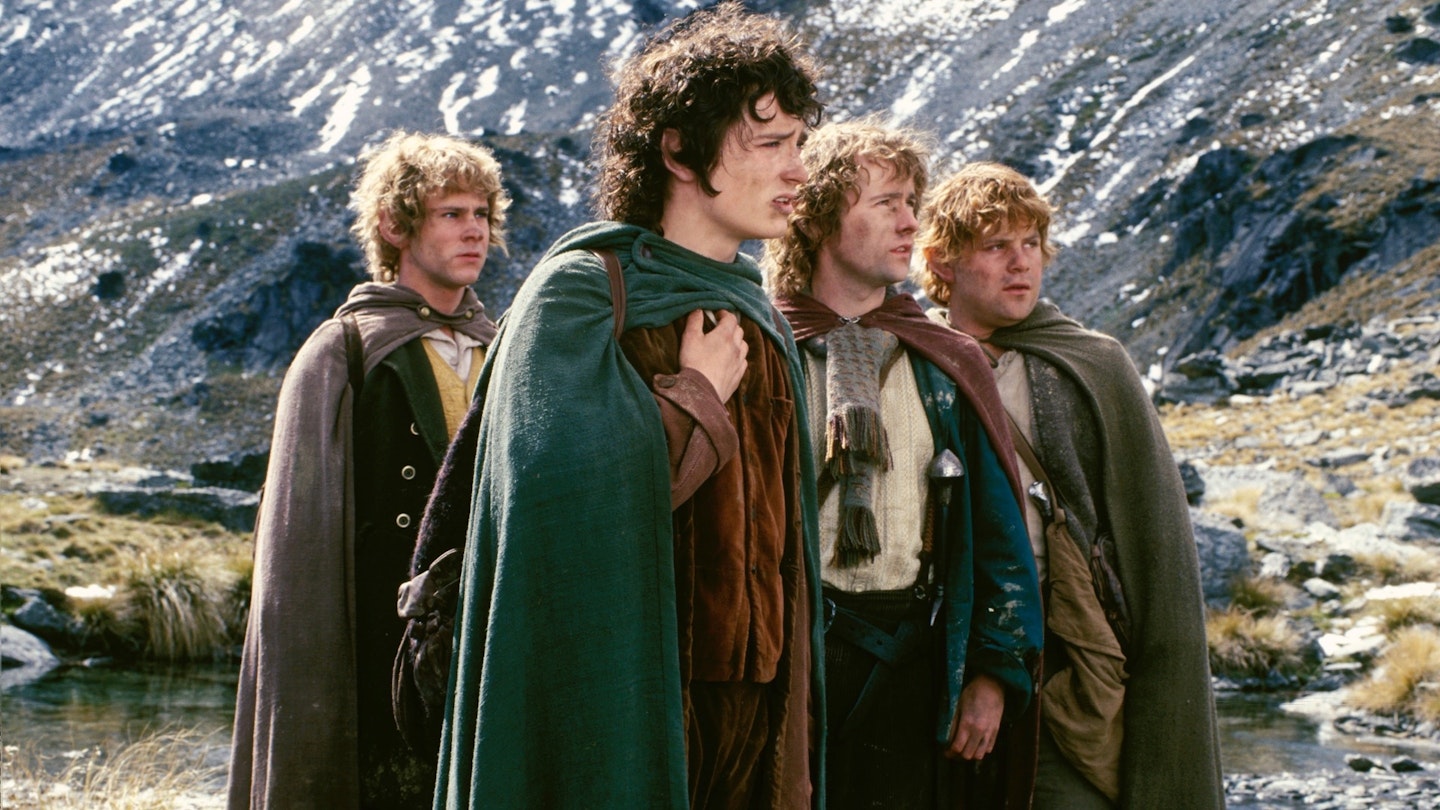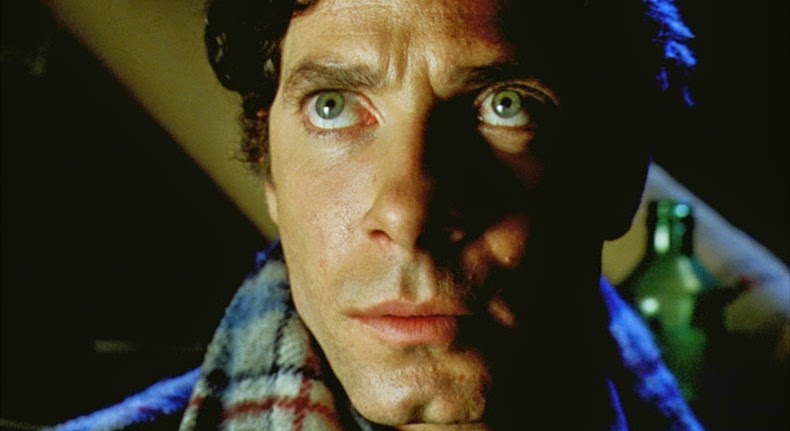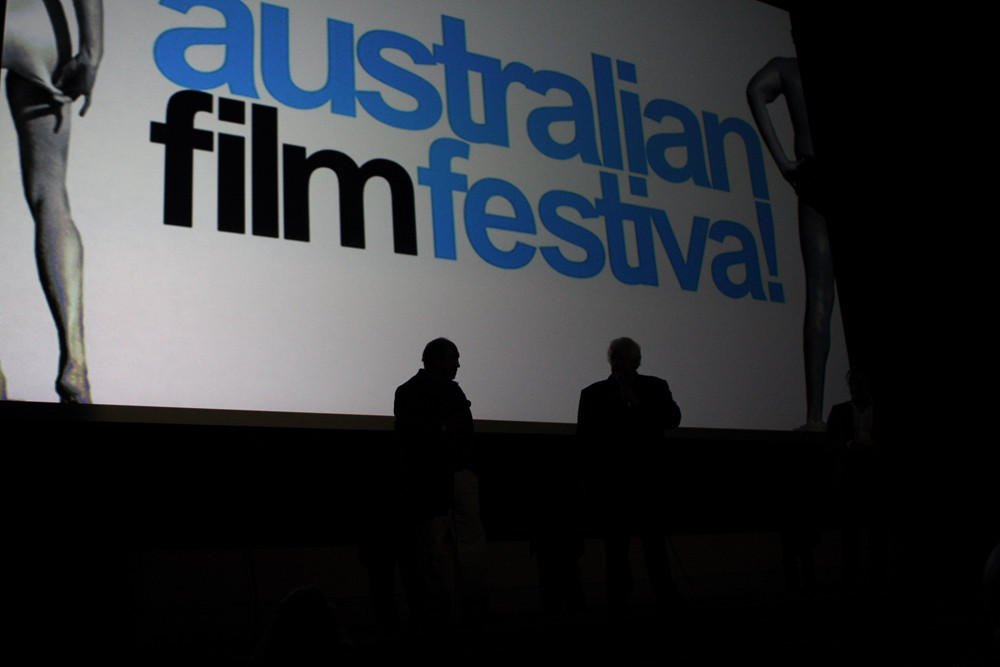Have you ever stopped to think about what ‘childhood’ really means? It might seem like a straightforward concept—a time of innocence, play, and learning before the responsibilities of adulthood kick in. But here’s the kicker: this understanding we often take for granted hasn’t always been the case! In fact, the very idea of childhood has been a dynamic, ever-evolving story, shaped by cultures, laws, and groundbreaking ideas across centuries.
From the moment a human being enters the world until they navigate the tricky waters of puberty, their journey is a fascinating tapestry of biological development, legal definitions, and deeply ingrained societal expectations. What a child is, how they grow, and the rights and responsibilities afforded to them have shifted dramatically, reflecting broader changes in human civilization itself. It’s a concept far more complex and compelling than we often realize.
So, buckle up, because we’re about to embark on an incredible journey through time and thought! We’re going to uncover 15 crucial ways our perspective on children and the phenomenon of childhood has transformed, evolved, and continues to be reshaped. Get ready to explore the definitions, developmental stages, and historical milestones that built the concept of childhood as we know it today, starting with the very basics of what it means to be a ‘child’.
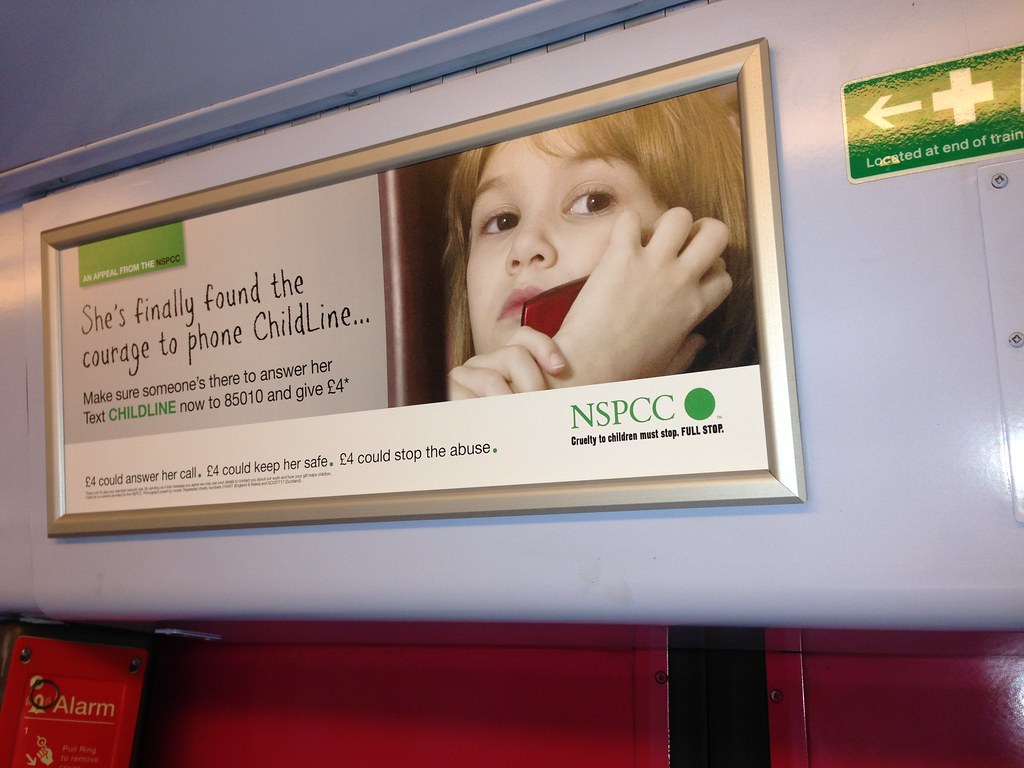
1. **The Elusive Definition: What Exactly IS a Child?**When we talk about a ‘child,’ what immediately comes to mind? Biologically speaking, it’s pretty clear-cut: a human being between birth and puberty. This foundational definition grounds our understanding in a shared physical reality. However, the story gets much more intricate when we bring in the legal and social layers, which often diverge from this simple biological marker.
Legally, the term ‘child’ can be quite flexible! In many English-speaking countries, it generally refers to a minor, someone younger than the local age of majority, even if they are physically and mentally developed as adults. The United Nations Convention on the Rights of the Child, ratified by 192 of 194 member countries, defines a child as “A human being below the age of 18 years unless under the law applicable to the child, majority is attained earlier.” Yet, there are exceptions; for example, in Singapore, a child is legally defined as under 14 under the “Children and Young Persons Act,” while the age of majority is 21. U.S. Immigration Law even considers anyone under 21 a child. Sometimes, the term also includes an unborn human being, or fetus, highlighting its broad usage.
Beyond biology and law, societies add their own rich layers of meaning. In many cultures, becoming an adult isn’t just about age but involves undergoing a significant rite of passage. Furthermore, ‘child’ can describe a relationship, like being the son or daughter of a parent, regardless of one’s age. Metaphorically, it can signify connection to an authority figure, membership in a group (clan, tribe, religion), or even being profoundly influenced by a specific time or place, as in “a child of nature” or “a child of the Sixties.” This multifaceted understanding underscores that a child is often viewed as having fewer rights and responsibilities than adults, generally classed as unable to make serious decisions, and requiring care under a responsible adult or child custody.
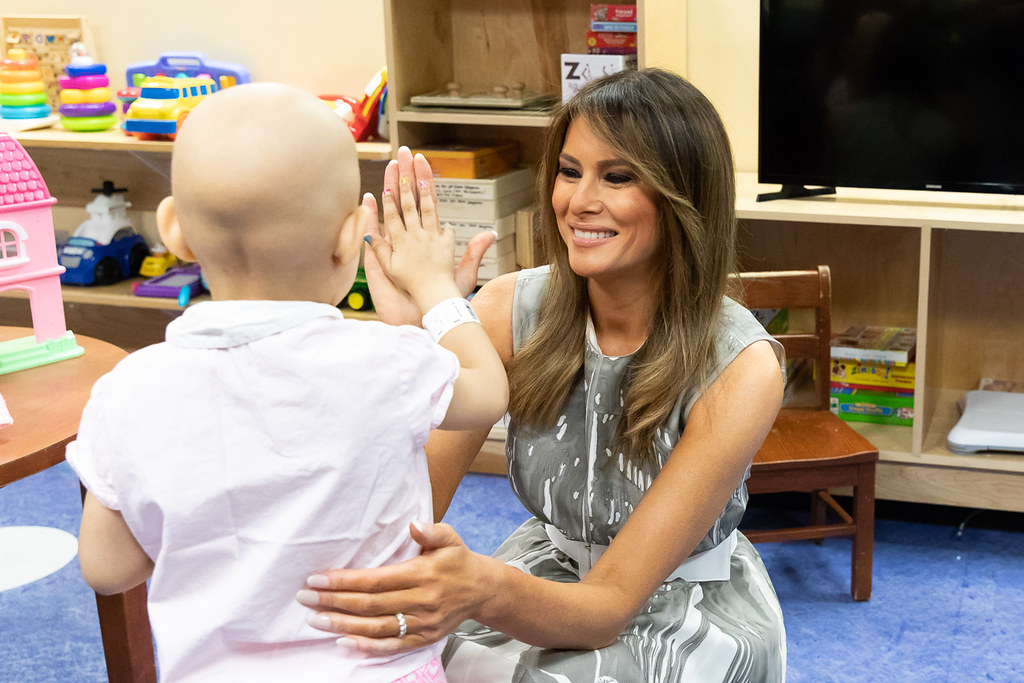
2. **Mapping Growth: From Early Steps to School Yard Shenanigans**Childhood isn’t just one big, amorphous chunk of time; it’s a beautifully segmented journey, each stage bringing its own unique leaps and bounds. Let’s start with early childhood, which bursts forth right after infancy. It kicks off with the thrilling period of toddlerhood, where little ones begin to speak their first words and take those monumental first independent steps. This stage is a whirlwind of discovery, laying the groundwork for everything that follows.
While toddlerhood itself typically winds down around age three, as children become less dependent for their basic needs, early childhood continues its fascinating trajectory until approximately age five or six. It’s a critical window where children are like sponges, learning at an astonishing rate by observing the world around them, experimenting with new things, and eagerly communicating with others. During this time, adults play an invaluable role, supervising and supporting this incredible developmental process, all of which nurtures the child’s blossoming autonomy. It’s also when those strong emotional bonds between children and their care providers are forged.
As children move from early to middle childhood, around age seven, another exciting chapter begins, typically lasting until about age nine or ten. These combined early and middle years are often called the ‘formative years,’ and for good reason! In this middle period, children experience significant social and mental growth. They’re making new friends, developing new skills, and steadily becoming more independent, all of which dramatically enhances their individuality. This is also the stage where school becomes a central part of their lives, introducing them to entirely new settings and social dynamics.
Stepping into the school environment presents children with fresh challenges and a host of new faces, a different setting than they’ve been used to. It’s a time of immense social learning, but it can also be when certain mental disorders that might not have been previously noticed, like autism, dyslexia, dyscalculia, or ADHD, become apparent. Thankfully, specialized plans such as special education, least restrictive environment (LRE), response to intervention (RTI), and individualized education plans (IEPs) are designed to help children with these disabilities thrive. Middle childhood is also when children truly begin to grasp the concept of responsibility, and their development becomes significantly shaped by both their peers and their parents. Chores and more responsible decisions start to appear, as do social comparison and social play, where children learn from and teach each other, often through observation.

3. **The Edge of Adulthood: Unpacking Preadolescence and Adolescence**Just before the full dive into adolescence, there’s a crucial developmental stage known as preadolescence. This period bridges early childhood and the teen years, commonly defined as ages nine to twelve. It’s a time of incredible anticipation and change, typically concluding with the major onset of puberty, marked by significant biological milestones like menarche (first menstruation), spermarche (first ejaculation), and the peak of height velocity, usually occurring between ages eleven and fourteen. You can also think of it as the intense two-year sprint right before the main event of puberty truly takes hold.
Preadolescence brings with it its own distinct set of challenges and anxieties, but it’s also a time of profound shift in how children perceive the world. Unlike the intense, fantasy-oriented existence of their earlier years, preadolescents typically develop a much more realistic view of life. Their thoughts and actions become noticeably more mature, sensible, and grounded. As one observation puts it, it’s “the most ‘sensible’ stage of development…the child is a much less emotional being now.” This growing realism impacts their understanding of everything, from complex situations to personal relationships.
During this pivotal stage, preadolescents may start to view human relationships in a different light, perhaps noticing the flawed, human side of authority figures, which can be both eye-opening and challenging. Alongside this, a powerful sense of self-identity begins to blossom, often accompanied by increased feelings of independence. They might start to feel like “an individual, no longer ‘just one of the family,'” as they carve out their own space in the world. This yearning for self-discovery and autonomy is a hallmark of this exciting, transitional phase.
Then comes adolescence, a period often understood as the bridge between the onset of puberty and legal adulthood. This typically corresponds to the vibrant and sometimes tumultuous teenage years, from thirteen to nineteen. Interestingly, while puberty itself often begins a little earlier—around ten to eleven for girls and eleven to twelve for boys—the legal classification of ‘child’ extends well into these years, creating a fascinating paradox. Biologically, one might be considered past the stage of a ‘child’ once puberty hits, but legally, the story is quite different.
Adolescents are often still legally considered children in many cultures, largely because they tend to lack the full range of adult rights and are often required to attend compulsory schooling. This legal status can vary significantly, though, depending on the country and even the specific function or task being considered. The onset of adolescence itself ushers in a cascade of various physical, psychological, and behavioral changes, transforming individuals in profound ways. It’s a period of intense growth and identity formation, making it one of the most dynamic stages of human development. The exact point where adolescence ends and adulthood truly begins is not universally fixed; it varies by country, by specific functions, and even within a single nation-state or culture, as societies decide when an individual is mature enough to be entrusted with certain responsibilities.
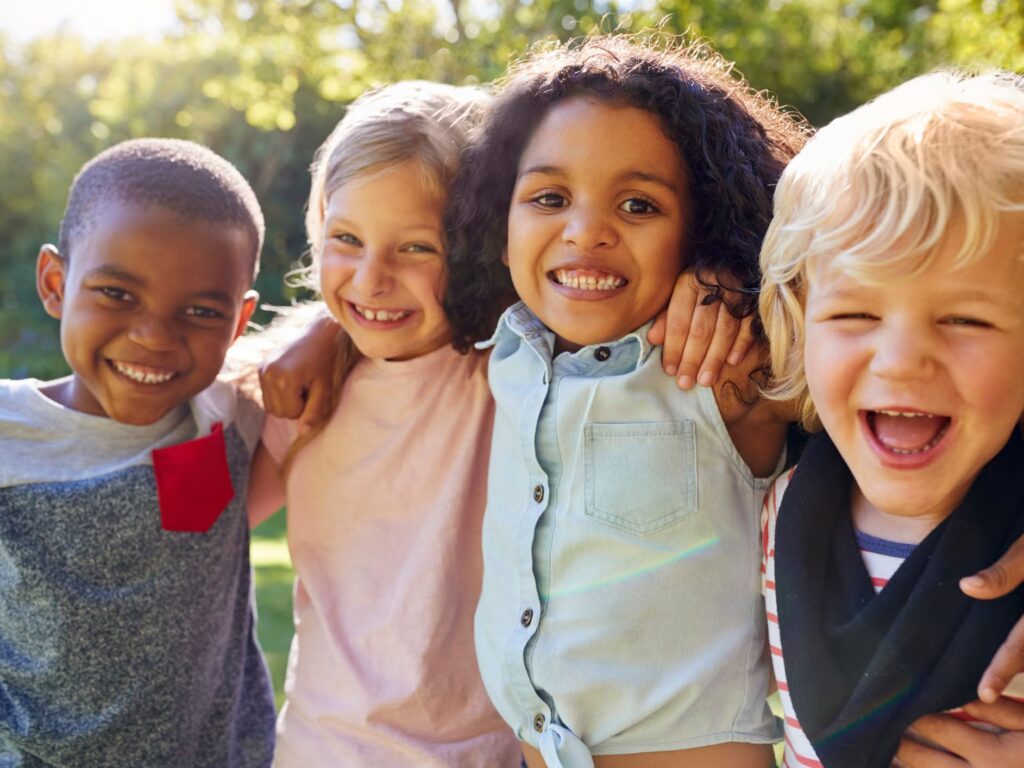
4. **Before Innocence: Children as ‘Mini-Adults’ Through History**It might surprise you to learn that the concept of childhood, as we understand it today—a distinct, protected period of innocence—is a relatively recent invention! For much of history, especially before the modern era, children were often not seen as a separate category of human beings, but rather as ‘mini-adults.’ They were simply smaller versions of adults, expected to contribute to family and society in ways that would shock us today.
This historical perspective, famously explored by French historian Philippe Ariès in his 1960 book *Centuries of Childhood*, suggested that before the 17th century, children were frequently represented in art, gravestones, and records as miniature adults, often dressed in adult clothing and engaged in adult activities. While other historians, like Nicholas Orme, have challenged the complete absence of a separate childhood concept in medieval times, arguing that it was seen as distinct even then, Ariès’s work profoundly shifted how we view the historical evolution of childhood.
This idea of children as ‘mini-adults’ meant that many of the protections, special considerations, and developmental understandings we apply to children today simply didn’t exist. Their labor was expected, their voices often unheard in matters deemed ‘serious,’ and their unique emotional or psychological needs were rarely prioritized in the same way. It was a starkly different world, illustrating just how much our societal lens on what it means to be young has evolved over the centuries, moving from an undifferentiated view to a recognition of their distinct developmental trajectory.
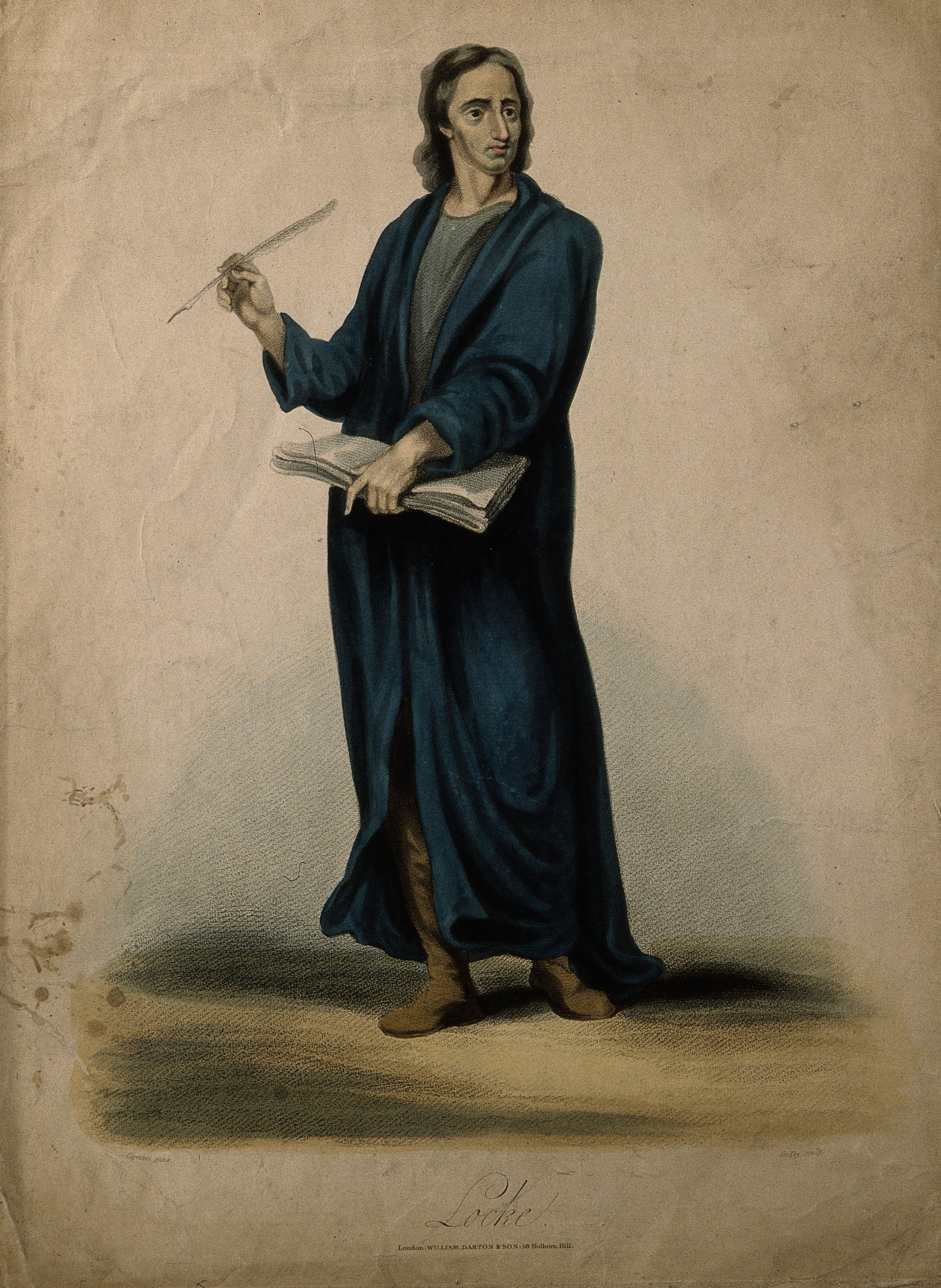
5. **The Renaissance Awakening: A Glimmer of Separate Childhood**During the European Renaissance, something began to stir in the collective consciousness, offering a glimmer of change in how children were perceived. Artistic depictions of children increased dramatically, showing them more frequently in their own right, rather than just as props or miniature adults. However, it’s important to note that this artistic shift didn’t immediately translate into a widespread change in social attitudes. The deeper societal transformation was still a work in progress, quietly taking root.
It was in the 1600s that the concept of childhood truly began to emerge as a distinct idea in Europe, as argued by Philippe Ariès. Adults slowly started to view children as separate beings—innocent, yes, but crucially, also in need of protection and dedicated training from the adults around them. This was a significant departure from the ‘mini-adult’ view, recognizing a unique vulnerability and potential in the young. This burgeoning awareness laid the groundwork for future advancements in child welfare and development.
One of the most influential voices in defining this new attitude was the English philosopher John Locke. His theory of the *tabula rasa*, or ‘blank slate,’ for the mind at birth was particularly impactful. The corollary of this doctrine was profound: if a child’s mind was born blank, then it became the explicit duty of parents and society to imbue that child with correct notions and proper upbringing. This philosophical shift coincided with the rise of a large, commercial middle class, particularly in Protestant countries like the Dutch Republic and England, which fostered a new family ideology centered around the careful upbringing of children. Puritanism further stressed the importance of individual salvation and a deep concern for the spiritual welfare of children, adding another layer to this evolving understanding of childhood as a period requiring focused attention and nurturing.
6. **The Enlightenment’s Radical Idea: Childhood as a Sanctuary**As the intellectual fires of the 18th-century Enlightenment blazed across Europe, followed by the Romantic period, the modern notion of childhood began to truly take shape, complete with its own autonomy and intrinsic goals. This wasn’t just about recognizing children as separate; it was about elevating their status to something truly special, a unique phase of life deserving of its own distinct considerations and protections.
One of the most eloquent voices of this era was Jean Jacques Rousseau, who formulated the romantic attitude towards children in his famous 1762 novel, *Emile: or, On Education*. Building on the foundational ideas of John Locke and other 17th-century thinkers, Rousseau painted childhood as a brief, precious period of sanctuary. It was a time of natural development and pure learning, shielded from the complexities, perils, and hardships that people inevitably encounter in adulthood. This vision resonated deeply, suggesting that children shouldn’t be rushed into adult responsibilities but allowed to flourish in their own time.
The burgeoning enlightened attitudes toward young children were beautifully demonstrated in the extensive children’s portraiture by Sir Joshua Reynolds. His 1788 painting *The Age of Innocence*, which quickly became a public favorite, perfectly encapsulated this new perspective, emphasizing the natural grace and inherent innocence of the posing child. This Romantic conception of childhood, historian Margaret Reeves suggests, has even deeper roots, traceable to imaginative constructions circulating in the neo-platonic poetry of 17th-century metaphysical poets like Henry Vaughan. These views profoundly contrasted with the harsher, often stridently didactic and Calvinist views of ‘infant depravity,’ cementing the idea of childhood as a distinct and spiritually pure stage of life.
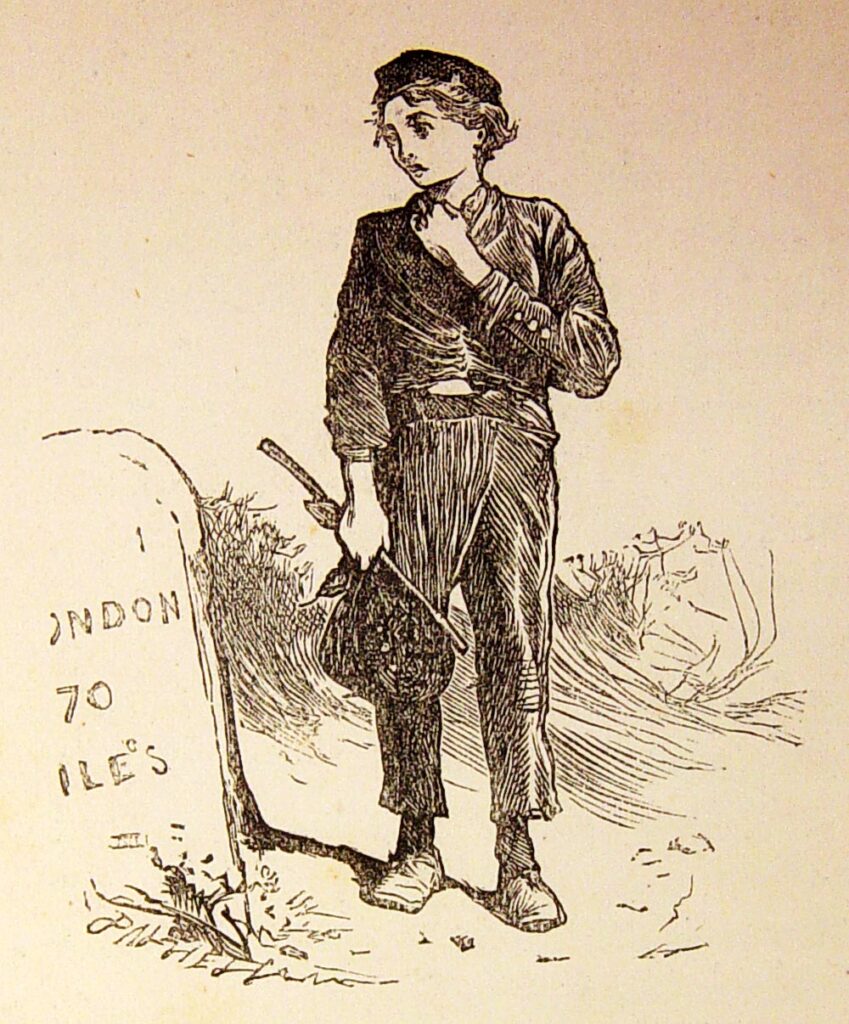
7. **When Work Was Child’s Play: The Harsh Reality of Industrialization**While the Enlightenment and Romantic movements were busy crafting beautiful ideals of childhood innocence and sanctuary, the grim reality of the Industrial Revolution was simultaneously unfolding, creating a stark and devastating contrast. Starting in England around 1760, industrialization brought about a severe divergence between these high-minded ideals and the growing, horrifying magnitude of child exploitation in the workplace. It was a harsh awakening to the true conditions many children faced.
By the late 18th century, British children, often as young as five or six, were specially employed in factories and mines, and even as chimney sweeps. They were subjected to grueling conditions, working incredibly long hours in dangerous jobs, all for pathetically low pay. Imagine children toiling in dark, dusty mines or navigating perilous factory machinery—a far cry from any notion of play or protection. This widespread exploitation highlighted a profound societal failure, where economic demands overshadowed any budding humanitarian concerns for the young.
As the 19th century progressed, the contradiction between these brutal conditions for poor children and the middle-class notion of childhood as a time of simplicity and innocence became increasingly glaring. This moral outrage eventually fueled the first significant campaigns for the imposition of legal protection for children. British reformers vigorously attacked child labor from the 1830s onward, their efforts powerfully bolstered by the horrific descriptions of London street life penned by none other than Charles Dickens. These relentless campaigns ultimately led to the groundbreaking Factory Acts, which, for the first time, began to mitigate the worst forms of child exploitation in the workplace. It was a crucial step, though a long and arduous one, towards recognizing and safeguarding the fundamental rights of children against the relentless demands of industry.
Here we go, diving even deeper into the incredible journey of childhood! We’ve already seen how the very idea of being a child has morphed from ancient ‘mini-adults’ to the Romantic ideal of an innocent sanctuary. But what happened next? How did industrial upheavals give way to our modern understanding, and what exactly does ‘childhood’ look like in today’s super-connected, ever-changing world?
Get ready to zoom through the game-changing shifts that truly cemented the modern concept of childhood, from the crucial role of education and sociological insights to the pressing global challenges that demand our attention today. This isn’t just history; it’s the foundation of how we raise, protect, and empower the next generation, and trust us, it’s a story worth telling!
Read more about: The Remarkable Journey of Childhood: How Our Understanding of ‘Kids’ Has Made a Brilliant Comeback

8. **The Victorian Era and the Rise of Modern Childhood**After the Industrial Revolution’s harsh realities spurred change, the late 19th century witnessed a new attitude towards children, particularly among the Victorian middle and upper classes. They championed the cherished role of the family and the ‘sanctity’ of the child, establishing an understanding that remains dominant in Western societies. Children became central to the family unit, deserving of special care and a distinct place, no longer merely miniature adults or laborers.
This era also brought a spectacular explosion in children’s literature, moving away from preachy texts. A proliferation of humorous, child-oriented books, attuned to imagination, filled bookshelves. Lewis Carroll’s *Alice’s Adventures in Wonderland* (1865) was a landmark, opening the “First Golden Age” of children’s literature, proving kids deserved stories crafted just for them.
Beyond entertainment, significant structural changes occurred with the introduction of compulsory state schooling across Europe in the latter half of the 19th century. This decisively removed children from the workplace and into schools, formalizing their learning and creating a designated space for development separate from adult economic demands. It institutionalized childhood as a time for education, not exploitation.
Read more about: Beyond the Velvet Rope: Why A-Listers Are Trading Hollywood’s Glare for Greener Pastures

9. **Childhood as a Realm of Fun and Imagination**Moving into the 19th century, the market economy profoundly enabled childhood to become a time associated with fun, happiness, and imagination. Factory-made dolls and intricate dollhouses became popular for girls, offering endless hours of imaginative play and miniature world-building.
Boys found structured outlets in organized sports and activities. Sir Robert Baden-Powell founded the Boy Scouts in 1908, providing outdoor activities aimed at developing character, citizenship, and personal fitness. This emphasized building well-rounded individuals ready for the world.
These developments reflected a deep societal shift. The modern era cemented the belief that children should live happy, trouble-free lives, devoid of worries or work. Childhood became a blend of simplicity, innocence, happiness, fun, imagination, and wonder—a time for playing, learning, socializing, and exploring with minimal adult interference.
Read more about: Beyond Bell Bottoms and Brady: 14 ’70s TV Hits You Totally Forgot Existed (But Seriously Shaped Everything)

10. **Questioning the ‘Natural’ Child: Sociological Insights**The 20th century brought groundbreaking ideas that challenged our understanding of childhood. French historian Philippe Ariès, in his 1960 book *Centuries of Childhood*, proposed that childhood was not a natural phenomenon but a ‘creation of society.’ He argued the concept of childhood as a distinct, protected phase was a relatively recent social construct.
Ariès’s 1961 study, examining art and records, concluded that before the 17th century, children were often depicted as ‘mini-adults,’ lacking a separate identity. While debated by other historians, his work profoundly influenced how we understand the social shaping of age.
This academic field was further enriched by George Boas’s *The Cult of Childhood* (1966) and Hugh Cunningham’s *Invention of Childhood* (2006), tracing British childhood across centuries. These works highlight childhood’s dynamic nature, constantly evolving with lifestyles and adult expectations, a living concept shaped by collective experiences.
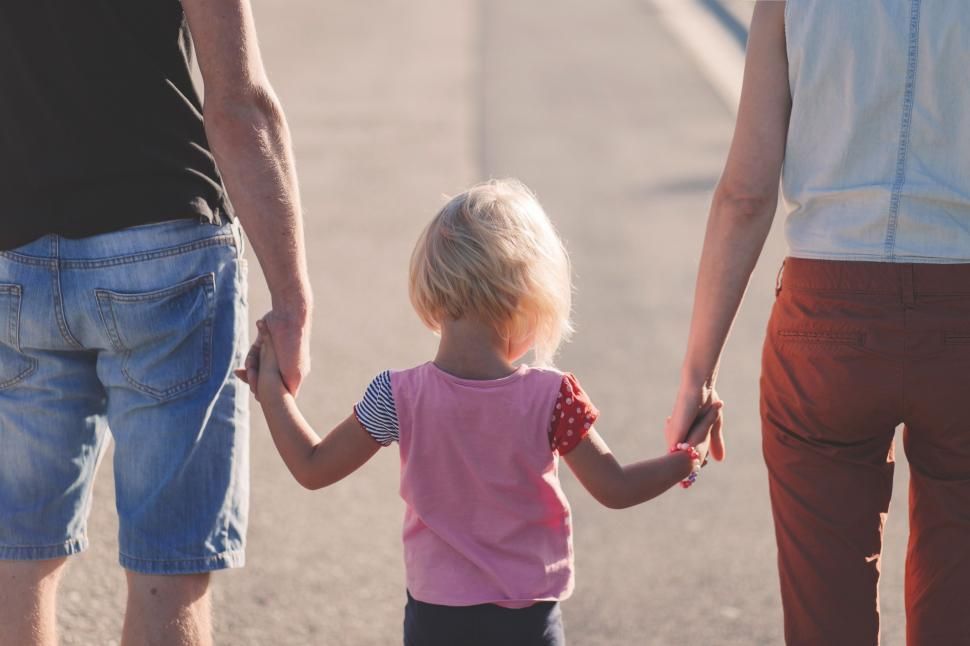
11. **The Blueprint for a Healthy Childhood: Parenting and Well-being**Fostering a healthy childhood means nurturing children’s physical, mental, and social well-being. Parents play a central role, creating an environment where children can thrive from birth.
Maintaining children’s health involves offering healthy foods, ensuring adequate sleep and exercise, and protecting their safety. These fundamental actions build a robust childhood, setting them up for life.
Sadly, this ideal isn’t global. Children in certain regions suffer from malnutrition, often linked to conditions like diarrhea, pneumonia, and malaria. This disparity highlights that equitable access to basic health for all children remains a paramount global imperative.
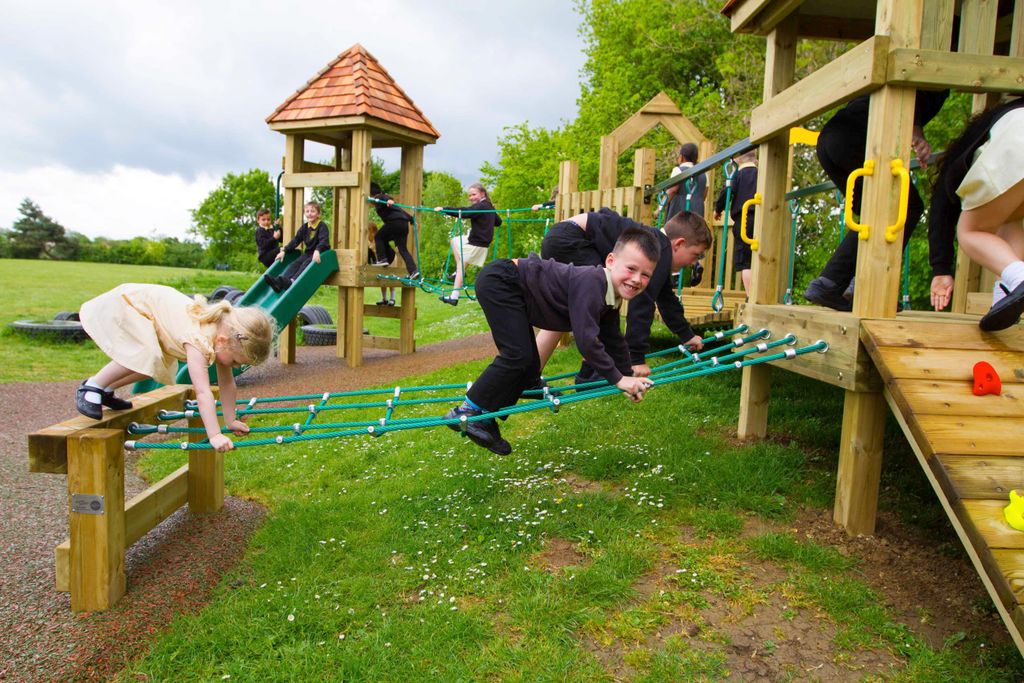
12. **The Power of Play: Essential for Development and Rights**Play is absolutely essential for a child’s cognitive, physical, social, and emotional well-being. It’s their first classroom, gym, and social club, offering endless opportunities for holistic development, sparking creativity and critical thinking.
Through play, children learn invaluable intellectual skills, social norms, ethics, and general knowledge. They develop emotional intelligence, cultivating empathy and forging friendships. Unstructured play particularly fosters creativity, imagination, and allows kids to master their world and practice adult roles.
So vital is play that the United Nations Commission on Human Rights recognizes it as a fundamental right of every child. This underscores its importance; overly controlled play can limit benefits like creativity, leadership, and group skills. Let kids play!
Read more about: The Remarkable Journey of Childhood: How Our Understanding of ‘Kids’ Has Made a Brilliant Comeback
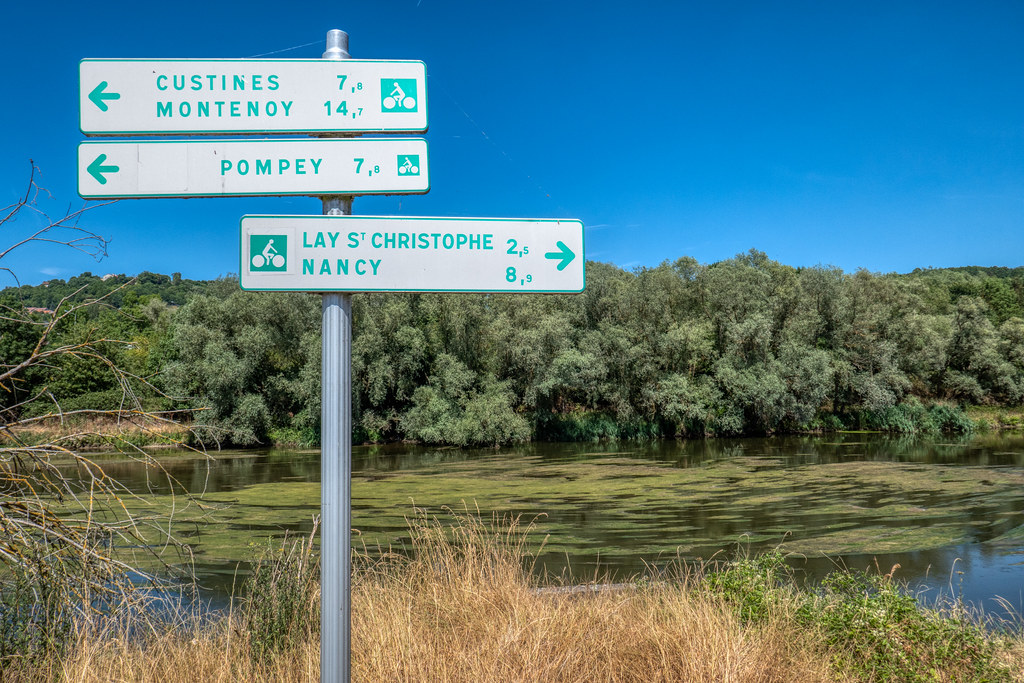
13. **Navigating Modern Spaces: Geographies of Childhood and Nature Deficit**The “geographies of childhood” explores how society perceives children’s environments and how adult attitudes influence their lives. This field, alongside “children’s geographies,” examines the spaces where kids live, learn, and grow, revealing how surroundings sculpt their development.
A concerning trend, “Nature Deficit Disorder,” highlights reduced outdoor play, particularly in North America. Coined by Richard Louv, it links increased screen time (e.g., “The average American child spends 44 hours a week with electronic media”) to behavioral problems.
This disconnection from nature has real consequences. Declining national park visits correlate with increased electronic media consumption. Even media like Disney films sometimes deemphasize nature, accelerating this trend. While technology offers connections, the raw, sensory experience of nature remains irreplaceable for child development.
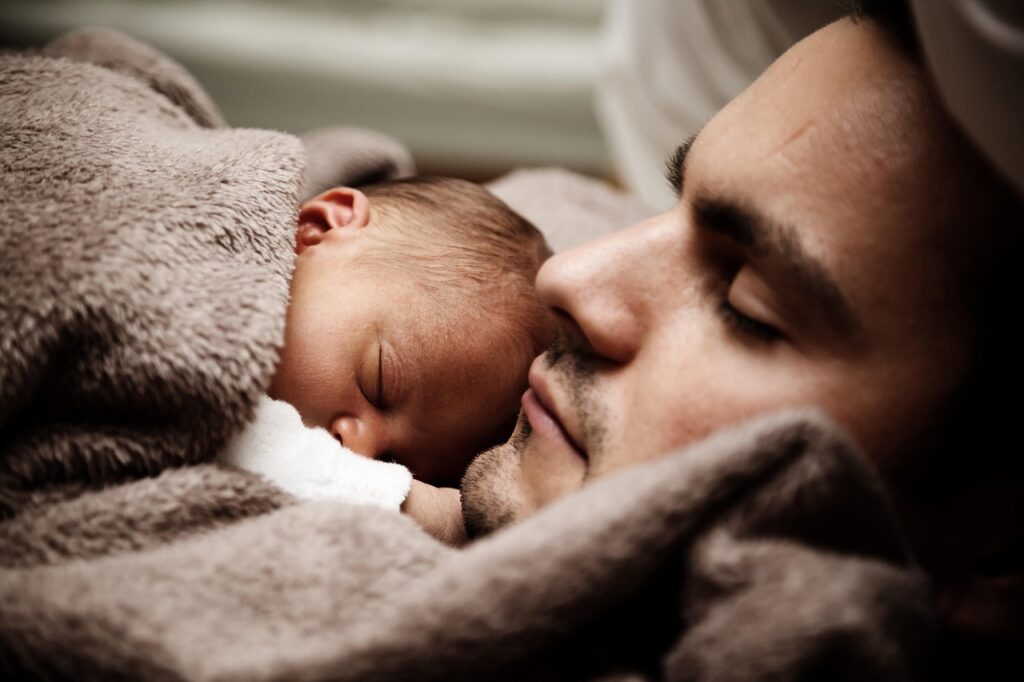
14. **Age of Responsibility and Education: Evolving Legal and Social Milestones**The age of responsibility has dramatically shifted, impacting how children are treated legally. Historically, Roman law and the Church deemed children not culpable, but the 19th century saw children aged seven and up held responsible for crimes, with potential for adult punishments. Courts now consider age during sentencing.
This evolution extends to minimum employment, marriage, and military service ages, reflecting societal decisions about maturity for specific tasks. These milestones showcase the dynamic nature of our understanding of responsibility.
Education is now a cornerstone of modern childhood. Recognized as a right by many governments and the UN’s ICESCR Article 13, compulsory schooling is common. Yet, millions in parts of Africa and Asia remain uneducated due to poverty, conflict, and child labor, highlighting the ongoing global fight for equitable learning access.
Read more about: Lawrence, Kansas: A Deep Dive into the Free State’s Enduring Legacy and Formative Struggles

15. **Contemporary Challenges: Protection, Climate, and Global Issues**Despite progress, children globally face immense challenges. Emergencies and conflicts, like wars or natural disasters, profoundly risk their health and well-being. Millions are displaced by armed conflicts, disrupting the sensitive care crucial for healthy development.
Child protection is a vital global imperative, defined by UNICEF as “preventing and responding to violence, exploitation and abuse.” This includes tackling commercial sexual exploitation, trafficking, and child labor. The Convention on the Rights of the Child champions holistic protection systems, aiming to keep all children safe.
Climate change disproportionately impacts children, making them more vulnerable than adults. The WHO estimates 88% of climate change-related disease burden affects children under five. Physically vulnerable to air quality issues and extreme weather, and often voiceless in global responses, children, especially in low-income countries, bear a higher burden.
Read more about: Decoding the USA: An Engineering Perspective on America’s Foundational Systems
And just like that, we’ve journeyed through centuries, exploring how the fragile yet powerful concept of childhood has been continuously shaped, redefined, and fiercely protected. From ancient ‘mini-adults’ to the cherished, innocent beings we strive to nurture today, the story of childhood is a testament to humanity’s evolving compassion and understanding. It’s a narrative that reminds us that children aren’t just the future; they are vibrant, complex individuals right now, deserving of every opportunity to play, learn, grow, and simply *be*. As we look forward, the ongoing commitment to protecting their rights, fostering their well-being, and cherishing their unique phase of life remains one of our most important collective endeavors, promising a brighter, more imaginative world for everyone.

